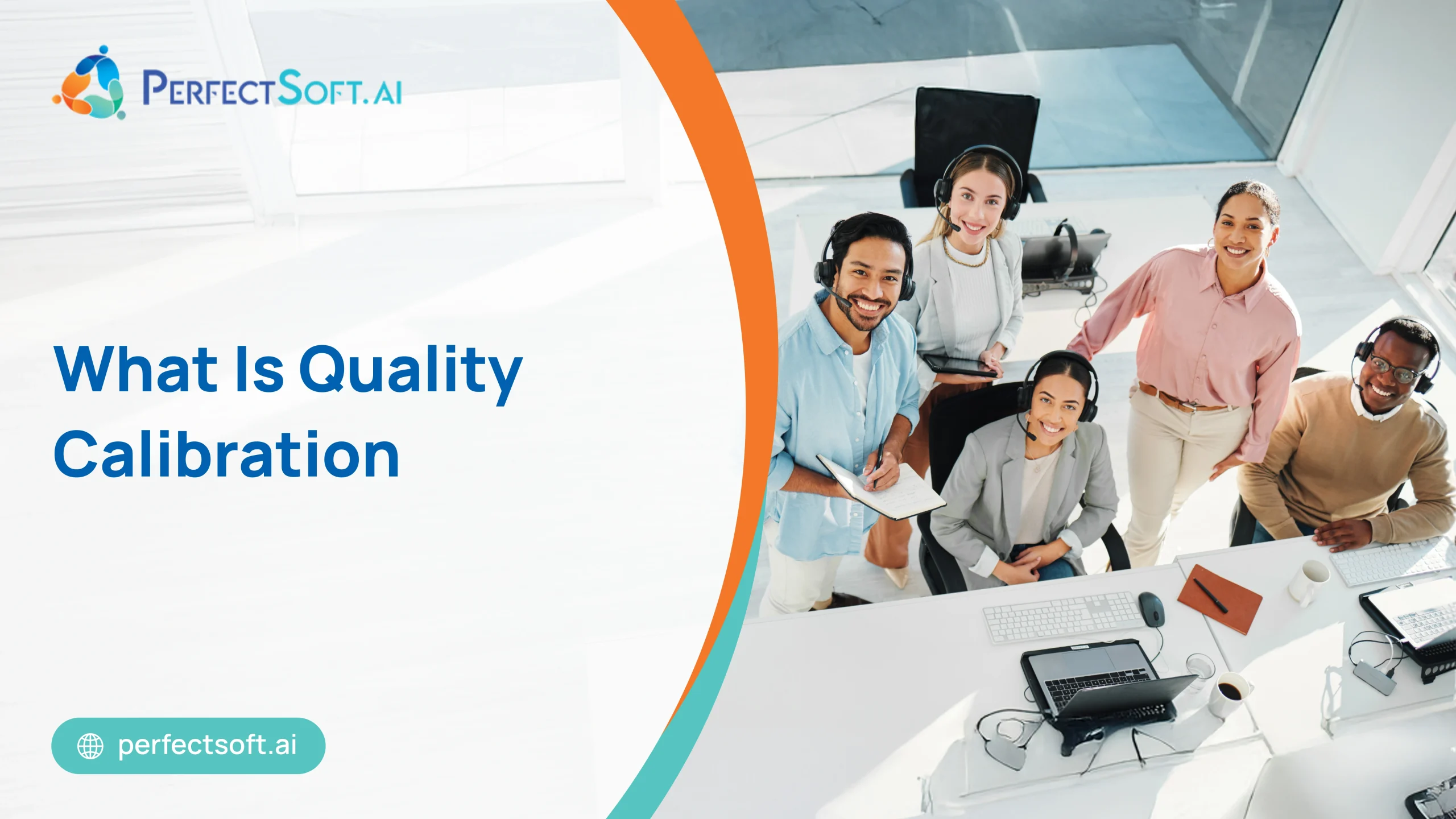How Quality Calibration Works?
- Defining Quality Standards – Establishing clear evaluation criteria based on business goals and customer expectations.
- Reviewing Customer Interactions – Selecting a sample of recorded calls, chats, or emails for assessment.
- Conducting Calibration Sessions – QA teams, supervisors, and managers review and score the interactions independently.
- Aligning Scoring and Feedback – Discussing differences in evaluations, resolving inconsistencies, and agreeing on standardized scoring methods.
- Implementing Improvements – Using calibration results to refine training, coaching, and quality monitoring processes.
Why Is Quality Calibration Important for Contact Centers?
Quality calibration is essential for contact centers. It ensures consistent evaluations across all agents and reduces bias and discrepancies. It enhances the customer experience by maintaining high service standards regardless of how the agent handles the interaction. Additionally, it supports agent performance through clear feedback and coaching, strengthens compliance with policies and regulations, and helps optimize training by identifying knowledge gaps and improving skill development.Best Practices for Quality Calibration
- Hold regular calibration sessions with QA teams and supervisors.
- Use fundamental customer interactions for evaluations to reflect real-world scenarios.
- Encourage open discussions to resolve scoring differences.
- Continuously update evaluation criteria based on customer feedback and business needs.

